How Long Do Goldfish Live? It’s Longer Than You Think!
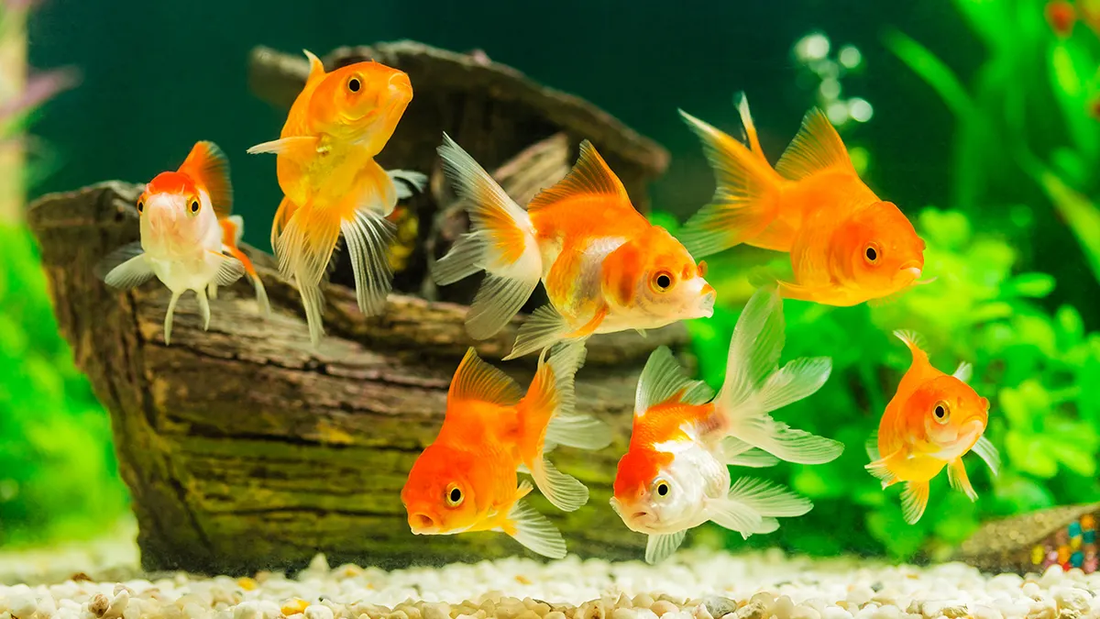
Contents
Have you ever wondered about the world from the perspective of those shimmering, golden creatures gliding through your aquarium? Yes, we're talking about goldfish, a popular pet for enthusiasts around the world. But how long does a goldfish live?
The answer might surprise you, as these aquatic beauties can have quite a lengthy lifespan under the right conditions. Let's dive into the fascinating world of goldfish and discover what it takes to ensure they live a full, vibrant life.
How Long Do Goldfish Live?
When you think of goldfish, you might picture a tiny glass bowl with a lonely little swimmer circling endlessly. Goldfish are often seen as low-maintenance pets, but their longevity tells a different story.
Typically, goldfish have a lifespan of about 10 to 15 years. Remarkably, some varieties are known to live even longer, with potential lifespans reaching up to 30, with the oldest recorded goldfish living to an impressive 43 years. This impressive longevity is, however, contingent on the quality of care they receive.

Unfortunately, the reality is that many goldfish do not reach their biological potential due to improper care and inadequate housing conditions.
To thrive, goldfish require proper housing facilities that cater to their behavioral and physiological needs. Without this, their lifespan is significantly shortened.
Looking for a short-term commitment? How about keeping a betta?
But Why Do Goldfish Die So Easily?
If you've been keeping an eye on your aquatic friends, you might be surprised to discover that goldfish can actually outlive many of the furry companions we consider part of our family, including dogs and cats. However, there's a catch: it has become increasingly common for household goldfish to have a short lifespan, barely reaching their fifth birthday.
This leaves many first-time goldfish owners confused, wondering why their goldfish died so soon and how they can ensure a longer lifespan for their other goldfish.

To shed some light on this matter, here are some common reasons why goldfish may experience premature death:
- Goldfish need clean, well-oxygenated water to thrive. Poor water filtration can lead to toxic levels of ammonia and nitrates.
- Extreme or rapid changes in water temperature can stress goldfish, making them susceptible to illness.
- Tap water often contains chlorine, which can be lethal to goldfish if not properly treated before use.
- Stress weakens a goldfish’s immune system, making them prone to diseases. This can be caused by incompatible tank mates or poor living conditions.
- Goldfish can suffer from a variety of diseases and internal parasites that can be fatal if not treated promptly.
- Excess food can decay and pollute the water, leading to health problems for goldfish1.
- A small tank can stunt a goldfish’s growth and cause various health issues.
Ensuring a long and happy life for your goldfish means being vigilant about these factors. In the next section, we’ll go over some tips on how to make your goldfish live a long and happy life.
Which Factors Influencing Their Lifespan
Next up, we’re going to take a closer look at what really makes a difference in your goldfish’s life and explore practical tips to ensure they lead a long and fulfilling life.
Tank Conditions
Tank Size and Environment
Contrary to popular belief, goldfish thrive very poorly in small bowls, and the first thing you should do after buying a goldfish is keep them out of a fishbowl!
A typical fishbowl holds a mere three gallons of water, which is nowhere near enough for goldfish. They require a lot of room to grow, as certain varieties can grow up to 10 inches long.

For a suitable habitat, the minimum tank size should be around 50 liters, adhering to these proportions:
Length: at least 4 times the length of an adult fish
Width: at least 2 times the length of an adult fish
Height: at least 3 times the length of an adult fish
Goldfish living in ponds generally enjoy a longer life compared to those in bowls. Moving fish from an aquarium to a pond when the weather is warm can have a positive impact on their health.
Remember that the larger the tank and filter, the better it is for your goldfish.
Water Quality
Water quality is the most frequent cause of premature death in Goldfish.
Maintaining high-quality water is paramount for the health and longevity of goldfish, as poor water conditions are a leading cause of their untimely demise. To ensure a thriving environment, it’s recommended to perform weekly water changes, ranging from 10-25% of the total volume, coupled with a thorough gravel cleaning to eliminate waste.

There are also other water parameters to keep an eye on, which include pH, KH, GH, and water temperature. Ideal water conditions for Goldfish are:
- Water that has a pH of 7.0-7.4
- Nitrates below 20ppm (parts per million)
- Zero ammonia and nitrites
- GH (General Hardness) between 130-200ppm (dGH 7-11)
- KH (Carbonate Hardness) between 89-142ppm (dKH 5-8)
- A temperature around 20-23oC (68 - 74oF).
Temperature
Goldfish are warm water fish, not tropical. They can live in water just above freezing and will survive at most climate’s room temperatures.
For optimal health, aim to keep your goldfish in temperatures ranging from 68°F to 74°F (20∘C to 23∘C). This sweet spot encourages healthy growth and keeps stress at bay, which can be caused by excessive heat and depleted oxygen levels.
Goldfish are hardy, withstanding lows of 50°F (10∘C) and highs up to 80°F (26∘C), but it’s crucial to steer clear of these temperature extremes. Warmer waters might speed up their growth, but this comes at a cost, potentially reducing their lifespan and increasing the risk of dangerous bacteria and parasites.
Filtration
The filtration system plays a critical role in maintaining water quality, which is why it should be gently rinsed in tank water when signs of clogging appear or as part of a monthly maintenance routine, whichever is sooner.
Care must be taken not to over-clean the filter media, as this could strip away the beneficial bacteria essential for converting harmful ammonia into less toxic nitrates, safeguarding your goldfish from potential poisoning.

The inside of aquariums can be cleaned of any algae build-up by wiping the insides gently with a clean, aquarium-safe sponge or with a magnetic glass cleaner. Never use soap or detergents when cleaning an aquarium.
Following a strict cleaning and maintenance routine helps your fish live longer and healthier lives.
Diet and Nutrition
When it comes to feeding your goldfish, think beyond mere survival—aim for their well-being. A premium diet for these aquatic omnivores means offering a variety of soft, moist foods that mimic their natural intake, such as:
- Pellets and fish flakes

- Live food (brine shrimp, daphnia, bloodworms, earthworms, and mosquito larvae)
- Vegetables (spinach, peas, zucchini, broccoli)
- Aquatic plants (duckweed and elodea)
Sure, they’ll gobble up anything that fits in their mouths, but it’s our job to ensure what they’re eating is packed with nutrients. All these foods are soft, moist, and easily ingested.
While it’s tempting to feed your fish a lot of food and extra treats, this usually leads to health issues like obesity and digestive troubles.
Decorations
Goldfish are prey animals and thus require adequate plant cover to prevent stress and facilitate activity. Healthy plant growth is the key to healthy fish as they absorb waste products from the water. Plants also provide environmental enrichment.
Plant cover may be provided ideally by real plants and with some imitation plants if needed. Please ensure all plants are safe for fish. Driftwood and decorations may also provide cover.
The more cover provided, the more active your goldfish will become. Approximately 50% cover is recommended. Ensure that any decor is free from sharp or rough edges that may injure your fish or any small holes in which they may become trapped as they grow larger.
Fish Population
When setting up your tank, think of it as a little neighborhood where each goldfish needs its own space to thrive.
For starters, a 75-liter tank is perfect for one fancy goldfish, providing ample space for swimming and growth. If you're considering a common goldfish, you'll want to upgrade to a 100-liter tank. And remember, just like in any community, adding new members means you'll need more space, so plan accordingly.

Now, let’s talk about the neighbors. Goldfish are friendly fellows, but they do best with certain types of fish. Here’s a list of potential buddies that can share their tank:
- White Cloud Mountain Minnows
- Rosy Barbs
- Dojo Loach
- Zebra Danios
- Platy
- Bristlenose Pleco
- Giant Danios
Just like finding the right roommate, picking tank mates for your goldfish requires a bit of thought. Make sure everyone’s comfortable, and you’ll have a lively, happy tank community.
Purchasing a Healthy Goldfish
The lifespan of a goldfish is significantly influenced by the conditions of its environment and the care it receives from the moment it enters your home. Thus, ensuring that you start with a healthy goldfish is crucial to its longevity.
When purchasing or sourcing your goldfish, opt for reputable breeders or pet stores with transparent practices and healthy, vibrant fish. Look for signs of good health, such as clear eyes, active swimming behavior, and intact, brightly colored scales.

For those looking to provide the best for their aquatic companions, TrophicFlow offers a range of top-quality tropical fish, invertebrates, and plants. Our commitment to customer service and competitive pricing makes us an excellent choice for sourcing healthy goldfish that can enjoy a long and vibrant life.
Visit TrophicFlow to discover how our offerings can contribute to a longer, healthier life for your aquatic friend.
No comments

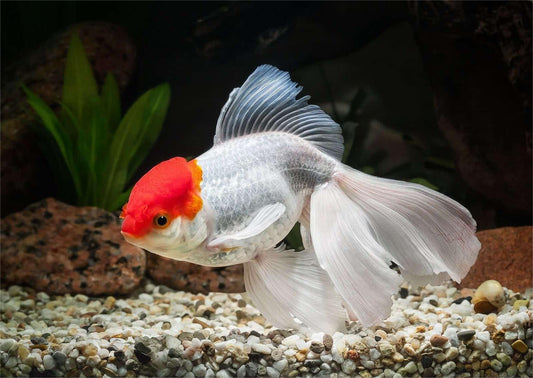
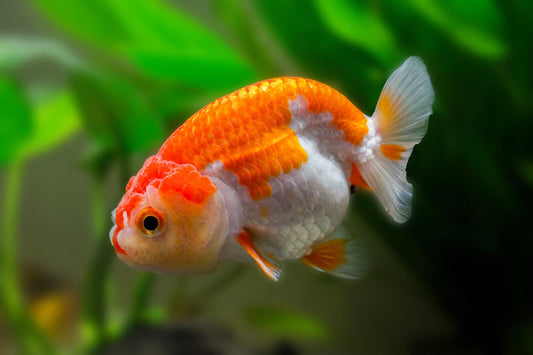
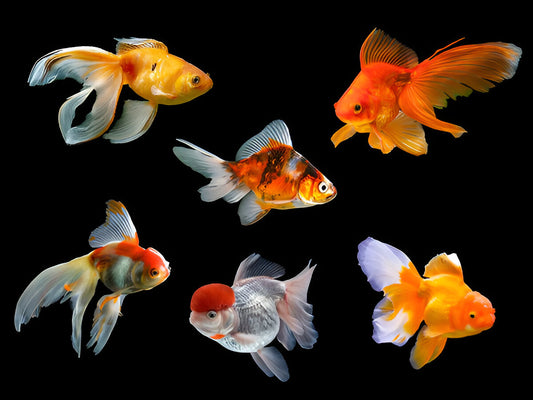
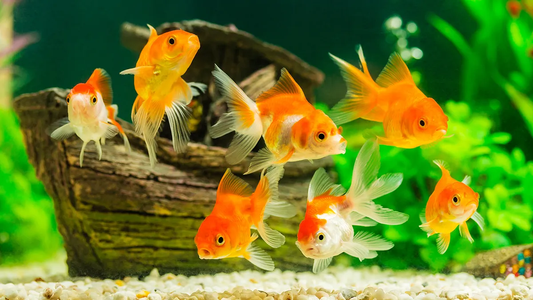


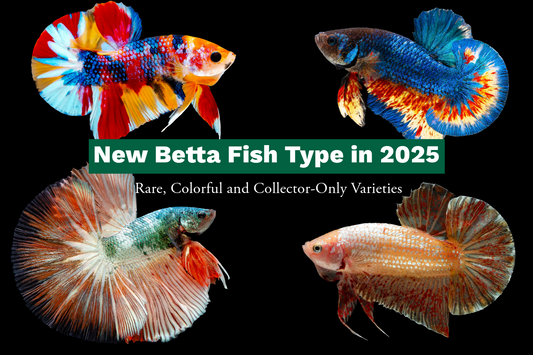

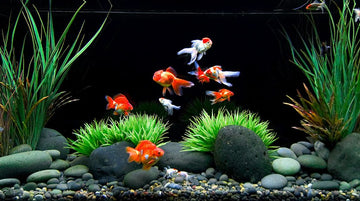
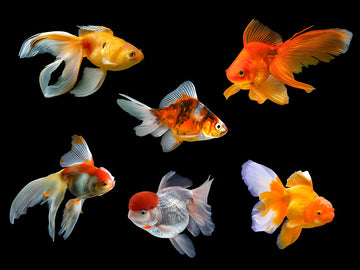
0 comments